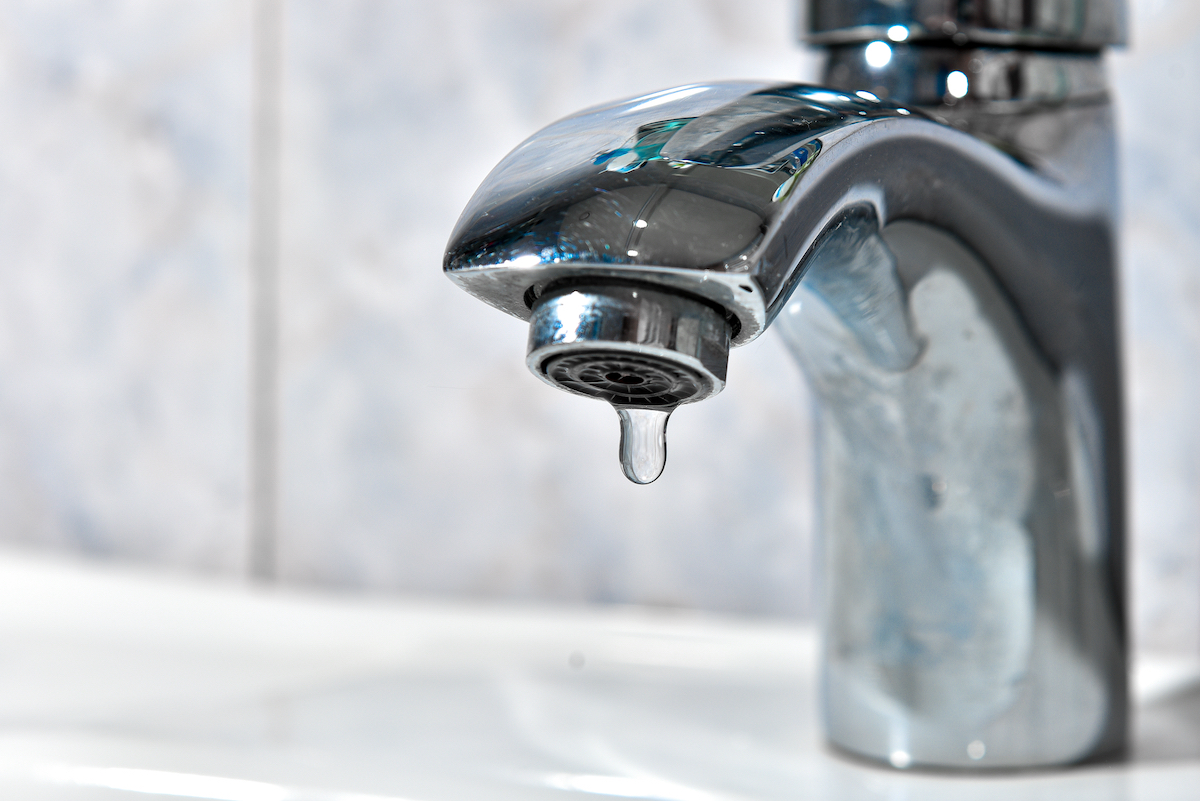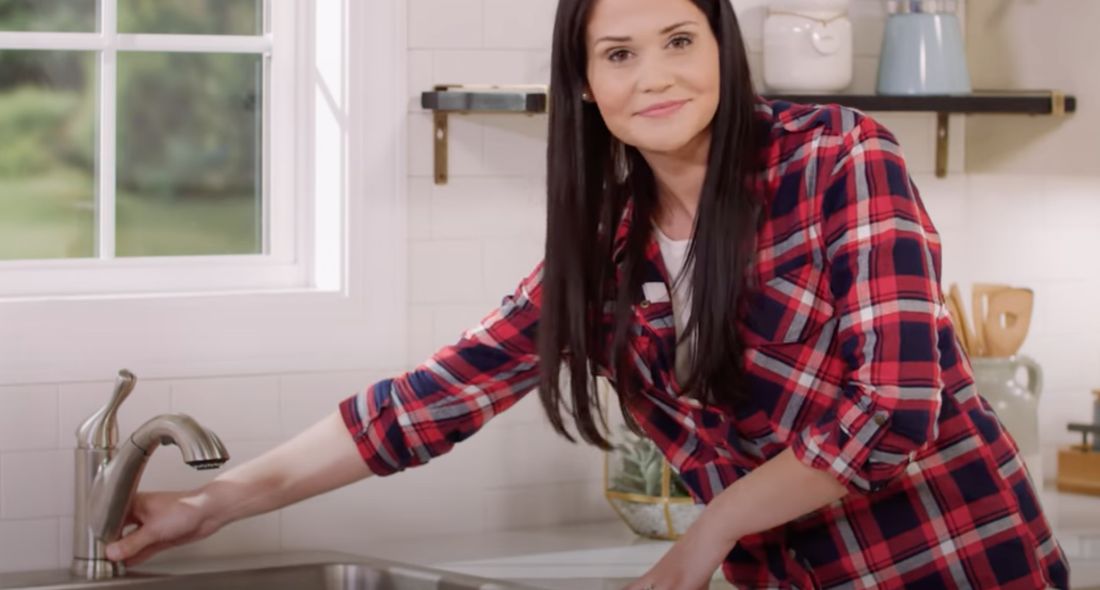They are making a number of good observations related to How to Fix a Dripping or Leaky Faucet in general in this great article followed below.

Trickling taps could feel like a small trouble, however their effect exceeds just the nuisance of the audio. From wasting water to incurring unnecessary monetary prices and wellness risks, disregarding a leaking tap can cause numerous repercussions. In this post, we'll delve into why it's essential to address this common household issue promptly and effectively.
Wastage of Water
Environmental Influence
Trickling taps contribute considerably to water waste. According to the Environmental Protection Agency (EPA), a single tap trickling at one drip per second can waste greater than 3,000 gallons of water each year. This not only strains water sources however also influences communities and wild animals dependent on them.
Financial Prices
Enhanced Water Costs
Beyond the ecological effect, dripping faucets can blow up water expenses substantially. The collected wastage gradually converts right into higher utility expenditures, which could have been prevented with prompt repair work.
Prospective Home Damage
In addition, long term leaking can lead to damage to components and surface areas surrounding the tap. Water accumulation can cause discoloration, deterioration, and even architectural problems if left unattended, causing extra repair expenses.
Health Problems
Mold and Mold Growth
The consistent presence of wetness from a trickling faucet produces an ideal atmosphere for mold and mildew and mold growth. These fungis not only jeopardize interior air top quality yet also position health and wellness dangers, specifically for people with respiratory system problems or allergic reactions.
Waterborne Diseases
Stagnant water in leaking taps can come to be a breeding ground for bacteria and other microorganisms, boosting the threat of waterborne conditions. Impurities such as Legionella bacteria thrive in stationary water, possibly causing significant ailments when consumed or inhaled.
DIY vs. Specialist Repair
Benefits and drawbacks of Do It Yourself Repair Work
While some might attempt to repair a trickling faucet themselves, DIY repair work feature their very own set of challenges. Without appropriate understanding and devices, do it yourself efforts can intensify the problem or cause insufficient fixings, lengthening the trouble.
Advantages of Hiring a Professional Plumber
Hiring a professional plumber ensures that the underlying cause of the trickling faucet is addressed successfully. Plumbing professionals have the know-how and equipment to diagnose and fix tap issues efficiently, saving time and lessening the danger of additional damage.
Step-by-Step Guide to Fixing a Dripping Tap
Devices Needed
Before trying to take care of a leaking faucet, collect the required tools, consisting of an adjustable wrench, screwdrivers, substitute components (such as washers or cartridges), and plumber's tape.
Usual Faucet Issues and Their Solutions
Recognize the type of faucet and the details problem creating the drip. Typical troubles include damaged washing machines, corroded shutoff seats, or faulty O-rings. Describe supplier instructions or online tutorials for step-by-step advice on repairs.
Preventive Measures
Normal Upkeep Tips
To prevent dripping faucets, do regular upkeep such as cleansing aerators, inspecting for leakages, and replacing damaged components immediately. Furthermore, think about setting up water-saving gadgets or upgrading to much more effective fixtures.
Importance of Prompt Fixes
Resolving leaking faucets as soon as they're observed stops further water wastage and possible damage, ultimately conserving both water and cash in the long run.
Influence On Residential Or Commercial Property Worth
Understanding of Well-Maintained Residential Or Commercial Property
Keeping a property in good condition, consisting of attending to maintenance concerns like dripping taps, boosts its viewed worth and desirability amongst possible purchasers or lessees.
Influence on Resale Value
Properties with well-kept plumbing components, consisting of taps, command higher resale values in the real estate market. Resolving trickling faucets can add to a favorable impact during residential or commercial property evaluations and negotiations.
Environmental Duty
Private Payment to Preservation
Taking responsibility for dealing with dripping faucets lines up with more comprehensive efforts towards water preservation and ecological sustainability. Every individual's actions collectively make a considerable effect on maintaining priceless sources.
Lasting Living Practices
By focusing on punctual fixings and taking on water-saving behaviors, people add to lasting living methods that benefit both present and future generations.
Conclusion
Addressing a dripping tap surpasses simple benefit; it's a vital step towards saving water, reducing economic expenses, and protecting health and building. Whether with DIY fixings or expert aid, acting to fix leaking faucets is a little yet impactful method to advertise accountable stewardship of sources and contribute to a much healthier, much more lasting future.
Why Are My Faucets Dripping (And Can I Fix it Myself)?
Causes of a Dripping or Leaking Faucet
Whether you’re hearing drops of water falling and hitting a sink, or noticing water ooze out from the base of the spout, you shouldn’t ignore a dripping or leaking faucet. And, the good news is, sometimes you can fix the problem yourself.
In this article, we’ll review a few common causes of dripping and leaky. We’ll also walk you through some basic ways to find the problem and handle it without calling anyone — and let you know when to call in a pro.
But, no matter what the cause, or whether you can handle it on your own, the sooner you address it, the better.
Each drip may be a tiny amount of water. But, they all add up quickly. According to the U.S. Geological Survey, one faucet losing one drop every 20 seconds — five a minute — wastes around a liter of water every day, and 173 gallons a year.
Add in more than one in your house, and it’s a lot of water to waste. So, we’ll help you get to the bottom of things quickly.
Four Reasons Your Faucet May Be Dripping
- Aerator is Damaged or Unseated
- Valve Seat is Corroded
- O Ring is Loose or Worn Out
- Part of the Assembly is Loose
Aerator is Damaged or Unseated
If you unscrew the end of your faucet, you’ll find the aerator. It’s the little stem piece with a screen on it that shuts off the water circulation.
If it’s damaged, or if it’s not sitting right, it will allow water to pass through.
Valve Seat is Corroded
Next is the valve seat, which is connected to the washer. If the washer wasn’t in place correctly, then it could have ground against the seat. Over time, this damages the valve seat.
The problem could also be corrosion: Over time, the part has worn out, and it’s now allowing water to pass through.
O Ring is Loose or Worn Out
Since the o ring is only a small rubber gasket, it’s a common reason why the faucet is dripping. You’ll find it at the base of the faucet, and it’s there to keep water from coming out where it’s not supposed to.
However, it’s common for the o ring to wear out over time. When it does, you’ll notice a drip.
Part of the Assembly is Loose
So far, we’ve looked at a few small, specific parts. But, the problem could be anywhere in the assembly if something’s out of place.
Even if a part isn’t damaged, over time, it may have become loose or dislodged. It could be the parts we mentioned, or the aerator at the tip of the faucet, the stem itself,
Can I Fix a Leaky Faucet Myself?
Depending on the problem, and how handy you are, there’s a chance you can fix a leaky faucet without calling a professional. But, you do run the risk of making the problem worse.
If it’s a small drip, you can certainly try a few troubleshooting tactics. We’ll walk you through them in a moment.
But, no matter what, your first step should be shutting off the water coming into the faucet. You should find a shutoff valve under the sink on the pipes leading to it. Turn each one clockwise until they close tightly.
Next, make sure you have the right tools for whatever you’re attempting. It’s tempting to make do with what you have. But, you need the right ones for a reason: You’re often dealing with small parts that can break if you handle them carelessly.
If you’re feeling confident, here are some places to start.
Items Near the Tip of the Faucet
A few of the parts we mentioned — particularly the valve seat and washer — are located at the tip of the faucet where the water comes out. They’re easy to access, making it a good place to start.
Check the O Ring
To check the o ring, you’ll need to take off the spout at the base. It’s easiest on kitchen sinks with long spouts, versus the smaller, bulkier base on most bathroom sinks.
Either way, this can be tricky, so do it carefully and don’t force anything. If it’s not coming right off, you’re much better off calling in a pro than possibly breaking something.
For a kitchen sink, there’s usually a nut or coupling assembly at the base of the spout. These often slide off easily without using any tools.
Once you’ve disassembled those parts, gently but forcefully twist off the spout.
Then, you can see the o rings. There should be two of the rubber gaskets on the base. If they look worn or damaged, replace them, and see if that solves the problem.

As a keen person who reads about Leaky Faucets: Why They Happen & What to Do About Them, I imagined sharing that piece of content was worth the trouble. Feel free to take the opportunity to promote this entry if you enjoyed it. I treasure reading our article about .
Comments on “Our Relevance of Dealing with a Broken Faucet”